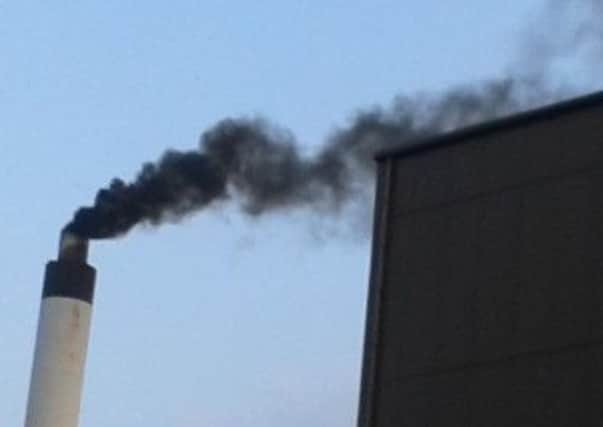Cancer probe is recommended


That’s according to a draft ‘Industrial Facilities: Health Impact study’ report that was completed by Ben Cave Associates Ltd. for Derry City Council on March 20.
The study, which was originally requested by community groups in Strathfoyle and Maydown, was commissioned by Derry City Council last year.
Advertisement
Hide AdAdvertisement
Hide AdThe authors make a raft of recommendations and among their conclusions is that “the review of information regarding cancer clusters in the study area identifies the need for further information.”
Back in 2012 the Sentinel reported how every community in the city had suffered cancer deaths in double figures but Enagh (108 diagnoses between 2007 and 2009) and Culmore (139) had the highest numbers. The SDLP locally pointed out, however, that both would be expected to rank highly in terms of deaths due to their high populations.
Then in 2013 a spokesperson for the Department of Health, Social Services and Public Safety (DHSSPS) confirmed: “There is evidence of a lung cancer cluster in Enagh and Culmore electoral wards with lung cancer rates 58 per cent higher than expected.”
But the spokesperson said that most lung cancers are attributable to cigarette smoking.
Advertisement
Hide AdAdvertisement
Hide Ad(The World Health Organisation among others believes pollution can replicate the effects of smoking - breathing the air of Mumbai in India, for example, is equivalent to smoking two-and-a-half packets of cigarettes per day).
The new report by Ben Cave has now shed further light on cancer rates in the area.
It says cancers are “slightly higher” in Culmore and Enagh than they should be given their relatively young age profiles.
“Although the age-standardised data did not show statistical evidence for all cancers diagnosed, the rates of all cancers diagnosed in both Enagh and Culmore wards would he expected to be lower than the Northern Ireland average, given the higher proportion of younger people, and yet in both wards after age-standardisation rates were found to be ‘slightly higher’ than the Northern Ireland average. Values of statistical significance were not provided,” the report states.
For more details on the conclusions of the Ben Cave report turn to Page 15.